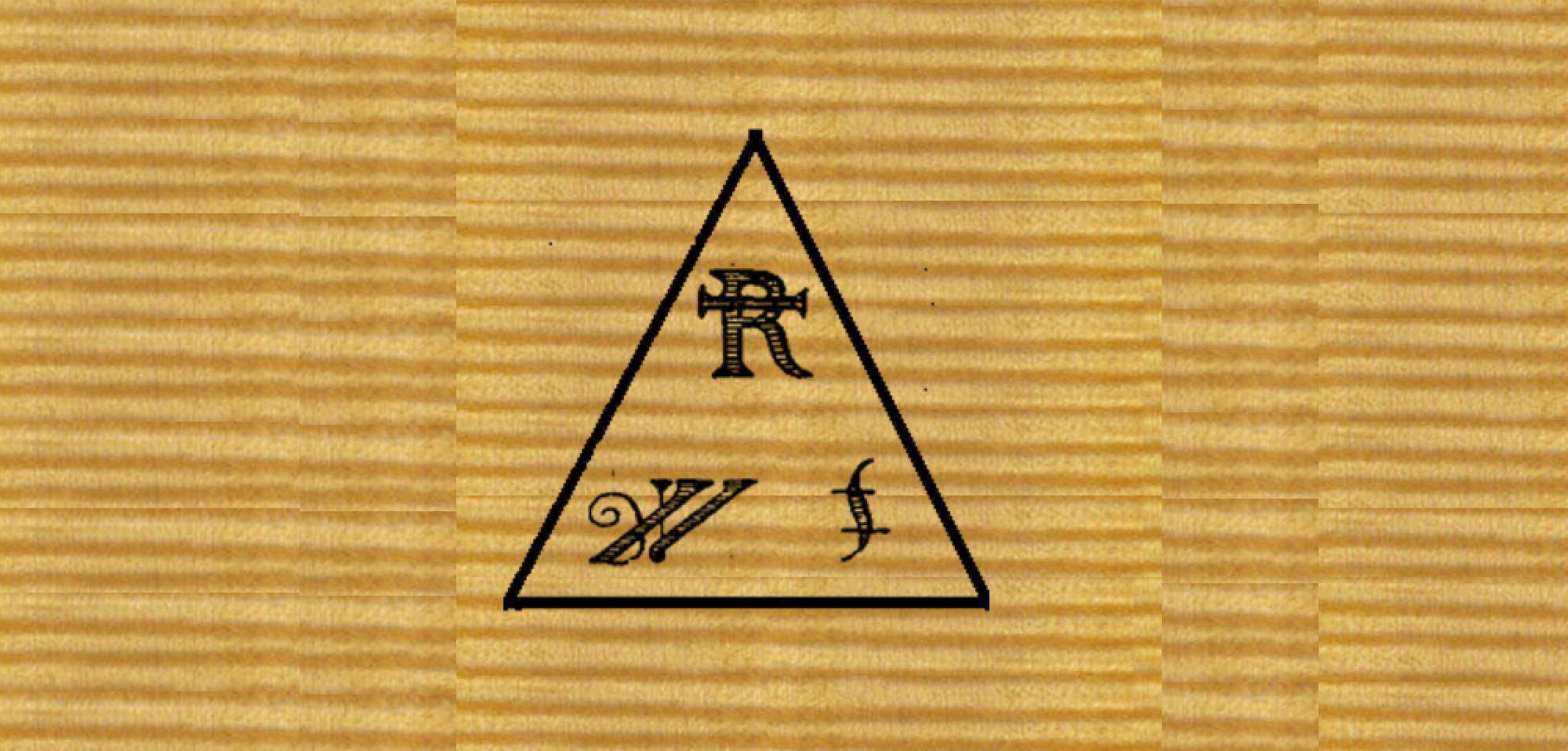Violin Varnish Ltd.
Aged Wood Colors + Balsam Ground System

A Working Method
This method combines the Aged Wood Color and Balsam Ground to make a deeply reflective gold/brown base for varnishing. Proportions of color and wood preparations should be varied according to the color of the wood.
Apply a coat of alcohol to the spruce.
Beginning with the spruce, apply Wood Preparation #1 to the entire instrument.
Apply Red Brown and/or Grey Green to entire instrument. Repeat as desired. This phase promotes contrast in the wood colors.
Apply Wood Preparation #1 to the entire instrument. Repeat as desired.
Mix Wood Preparation #2 + Aged Wood Color: Gold + Aged Wood Color Green/Gray. [I use mostly Gold + a bit of Gray/Green 1:1 with Wood Prep. #2] Solve this mixture in an equal amount of alcohol. Apply thin coats of the mixture to the entire instrument as you would spirit varnish. Work carefully but it is not as critical a process as spirit varnishing so minor overlapping is not an issue. Allow surface to dry between applications. Repeat as desired.
Apply Wood Preparation #2 to the entire instrument. Repeat as desired.
Allow the surface to dry. [I usually let the alcohol soluble materials dry overnight…in or out of the light box.] When the color is correct and dry, the surface should be cleaned of any material which stands above the level of the grain. This material will show as shiny areas. Use cheesecloth just dampened with alcohol. When finished the instrument surface will look uniform and appear to be just wood, not coated wood.
Mix Wood Preparation #3 + Aged Wood Color Gold. Solve this mixture in an equal amount of turpentine. Apply thin coats of the mixture to the entire instrument as you would spirit varnish. Work carefully but it is not as critical a process as spirit varnishing. Repeat as desired. [Note: These two procedures will create a gold brown color in the wood which retains the natural contrasts of the wood. That is it will look like wood, not colored wood. With some woods there will be an unfamiliar bright yellow green cast to the wood. This will quickly disappear as the material is absorbed and dries.]
Apply Wood Preparation #3 to the entire instrument.Repeat as desired.
Mix Wood Preparation #4 + Aged Wood Color Gold. [I use about the same proportions as previous.] Solve this material in an equal amount of turpentine. Apply a thin coat of the mixture to the entire instrument as you would spirit varnish. Work carefully but it is not as critical a process as spirit varnishing. [I do this once.]
Apply Wood Preparation #4 to the entire instrument. Repeat as desired.
Allow the surface to dry. . [I usually let the turpentine soluble materials dry overnight…in or out of the light box, but in the light box is better.] When dry, the surface should be cleaned of any material which stands above the level of the grain. This material will show as shiny areas. Use cheesecloth just dampened with turpentine. When finished the instrument surface will look uniform and appear to be just wood, not coated wood.
Apply a very thin coat of Balsam Ground Varnish. [Thin the Balsam Ground Varnish 2 parts Turpentine to 1 part Balsam Ground Varnish.] Allow to dry
The instrument is now sealed and ready for varnishing.






























